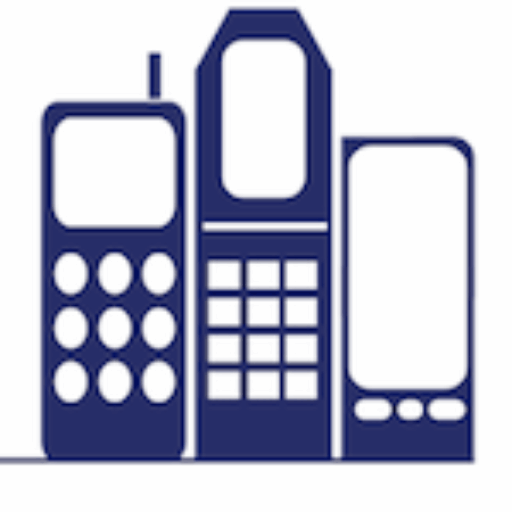
In 2004, Wilfried Houjebek’s .Walk project won the 2004 software-art prize at Transmediale in Berlin. In this project he gave people two bits of paper with instructions on how to walk through the city. The first bit contained something like this:

- Walk into the first street on the right.
- Walk into third street on the left.
- Walk into the second street on the left.
- Now look at the other piece of paper and take the street that it tells you to take.
The second bit of paper contained one similar instruction. The fun was that there was another rule: whenever you came across another team, you exchanged your second note with their second note, in effect changing the pattern you were walking through the city. In a way these people moved through the city like the electrons through a computer chip.
So why do I tell you about this artwork? For that I will have to get into something else first, namely an idea called Software Defined Radio (SDR).
The SDR is the holy grail of wireless emitter design. Current wireless systems are literally hardwired to work in a certain small area of the frequency spectrum. A software-defined emitter would be able to work in any frequency spectrum, using any modulation, by just updating the software of the emitter. In essence it would be able to work with any wireless technology, like Bluetooth, Wi-Fi, radio, and so on, while using just one piece of hardware. While originally developed for the military, there are now a number of projects (some open source) that aim to make this type of radio work. The only trouble is: it costs a lot of processing power to do this. Thanks to Moore’s law though, this is becoming less and less of a problem.
The fun part of all this is that, in theory, an update to the software will allow old radios to continue working with new systems. This would mean that more and more radios would populate the city, and that all these radios would still be able to work together to create a homogeneous city-wide wireless system. It’s this promise of interoperability that wets the appetite of people like Marc Weiser, the father of the “Ubiquitous Computing” ideal. Like the internet, the hopefuls believe, this could be another military development that creates a whole new platform on which to develop and share services, worlds, lives and business opportunities.
The idea is that SDR creates a reprogrammable environment, a vision echoed poetically in the .Walk project. But any vision should be subject to close scrutiny. Will SDR really bring homogenity or will it rather allow for the creation of a greater diversity? If you gave everyone in the city a piece of paper, perhaps some of them would rather create their own games. Both in the city and online we already find individuals and companies setting up their own sub-networks. Think of Tor, Internet Zero or internet two. The wireless spectrum is, in reality, a highly contested space. So while the idea of a singular system sounds marvelously efficient, new systems, although brought to life with a singular purpose, often end up being used for a whole range of purposes for a whole range of reasons.
And besides, would we really create a better community if we were only all on the same frequency?
